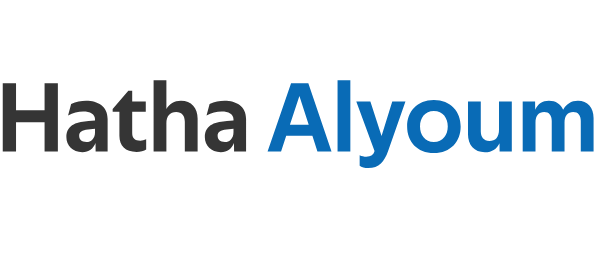Iraq: Iraq: Humanitarian Dashboard (January to December 2019)
**KEY MESSAGES **
During 2019, humanitarian actors in Iraq reached 1.5 million people with some form of assistance, or 85 per cent of the 1.75 million targeted under the 2019 HRP. Per partners' reported inputs, they reached 497,000 returnees (out of 500K targeted); 350,000 out-of-camp IDPs (out of 550,000 targeted); and 570,000 in-camp IDPs (out of 500,000 targeted). It is believed that the reported figures of in-camp IDPs reached by partners exceeded targets set due to double counting by some partners; these discrepancies will be addressed in the 2020 HRP. Partners fell far short of the target set for delivering assistance to vulnerable host communities, reaching only 86,000 (out of 200,000 targeted).
The majority of humanitarian activities in Iraq in 2019 were implemented under Strategic Objective 1 of the HRP "post-conflict transition towards durable solutions," with 86 partners carrying out programming in this sphere. In-kind remained the preferred modality of response, used more than four times as often as cash, although this is expected to continue to evolve in 2020, as many humanitarian actors are making a concerted switch to cash assistance where appropriate.
In December, as throughout 2019, several partners continued to focus a large part of their progamming in Ninewa, Erbil, and Duhok governorates, where the majority of IDP camps in Iraq are based. However, scale-up was also recorded by some clusters in Kirkuk, Al-Sulaymaniyah and Salah Al-Din. In 2020, humanitarian partners will be strongly encouraged to re-orient a majority of their assistance to out-of-camp IDPs and returnees, as the numbers of in-camps IDPs continue to decrease.
Monitoring and evaluation of projects throughout Iraq during the last quarter of the 2019 was challenged by multiple access constraints, including a proliferation of access authorizations requested local actors and the suspension in the issuance of NGO access letter at the federal level.



